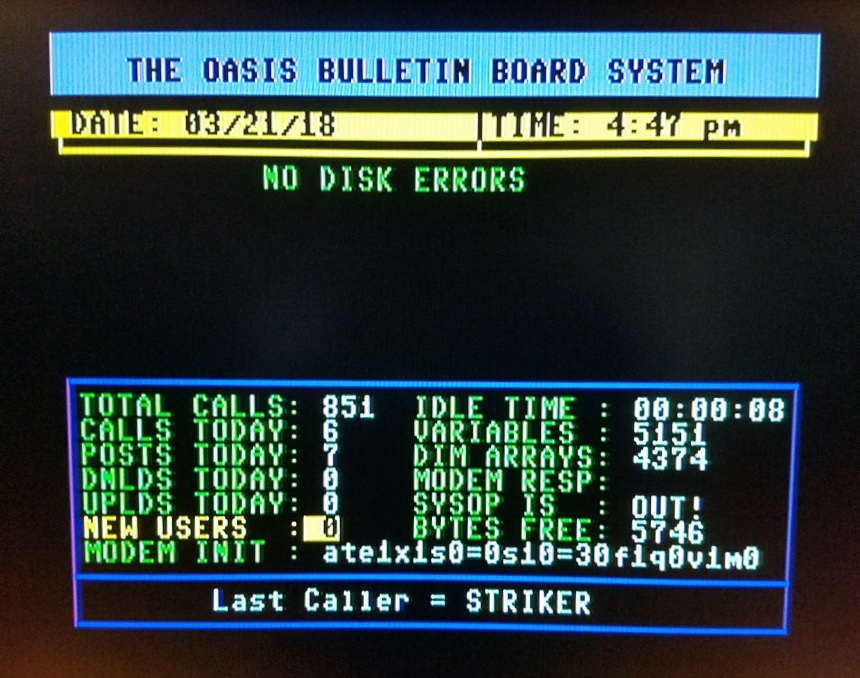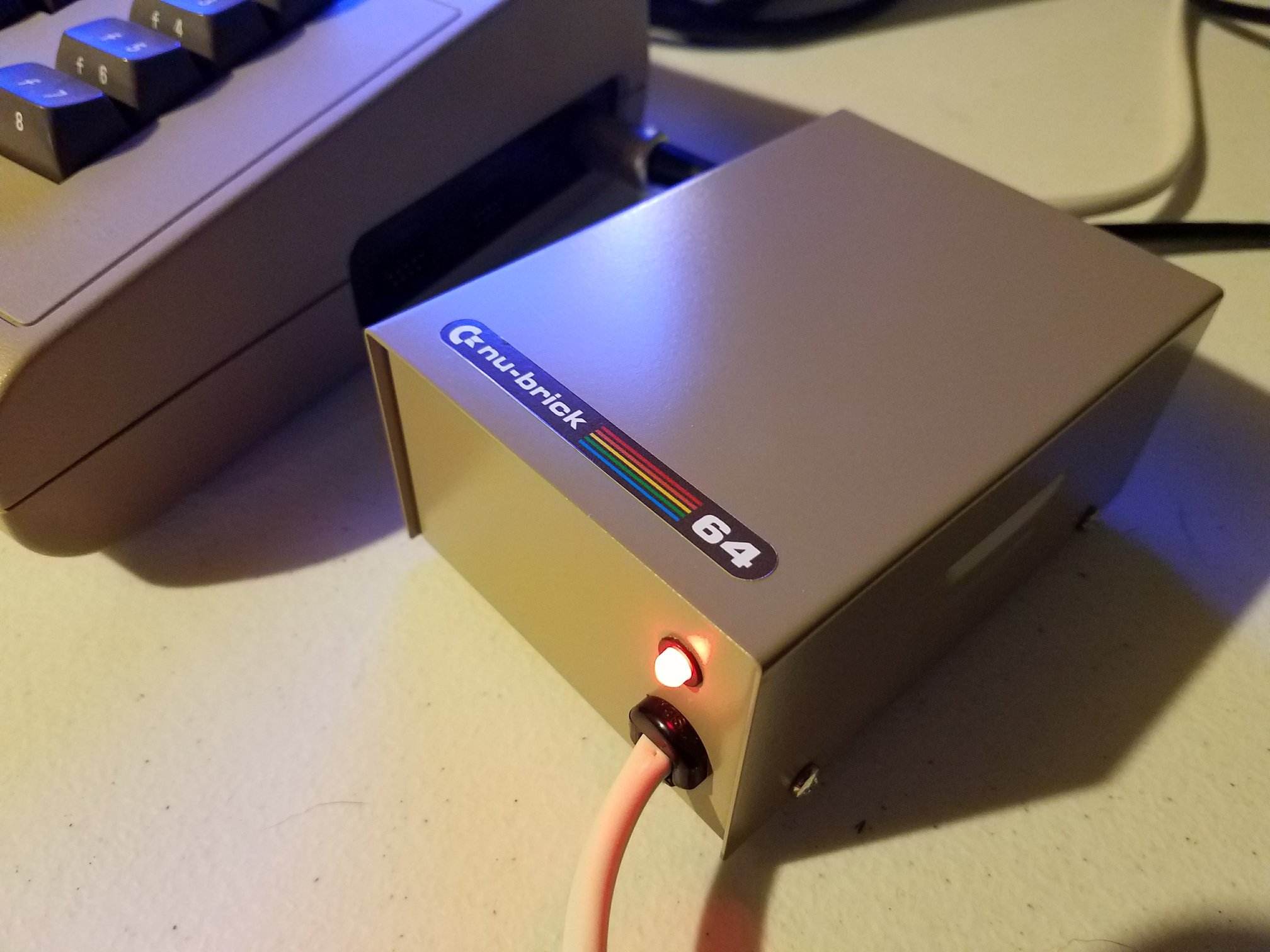When RobSmithDev picked up an Amiga 600 for a side project, he had one goal: HDMI output. The plan involved using the RGB2HDMI mod, a familiar trick among Amiga tinkerers. But while looking for updated software, he stumbled on something unexpected—an HDMI audio upgrade that pushes sound directly through the Raspberry Pi using a tiny extra board. The catch? It’s beta, and the road to success has a few bumps.
In this latest video, Rob shares his attempt to get native HDMI audio working through a small add-on board powered by the PCM1808 chip. It converts stereo analog input to digital and pipes it over to the Pi via I²S. With the beta fork of the RGB2HDMI firmware installed, new audio menu options appear—letting users toggle channels, flip stereo output, test DMA modes, and even preview audio output without the board installed.
For the Amiga 600, Rob uses a piggyback expansion board that adds chip RAM, clock ports, and real-time clock support, while conveniently supporting RGB2HDMI via a Pi Zero stack. Adding audio, though, means soldering. Due to tight space and awkward plastic shielding around the audio connectors, Rob re-routes audio wiring from the back of the board—an extra step, but workable.
The first test? Static. Not exactly the sound of success. But swapping the Pi into his Amiga 500 Plus proves the hardware’s fine—the issue lies with how the A600’s expansion board interacts with GPIO modes. Once that’s sorted, stereo audio comes through cleanly over HDMI, confirming the mod works perfectly in the right setup.
Even better, this HDMI audio upgrade is cleaner and more compact than earlier workarounds, making it a practical solution for many Amiga setups. Rob even confirms compatibility with his Amiga 2000. For those curious or wanting to experiment, he links the hardware and firmware in the video description.







